Phil Starke Studio Newsletter - September 2022
Phil Starke is a professional fine artist with prestigious gallery representation, participates in national museum exhibitions, and teaches workshops and online fine art courses.

September 2022
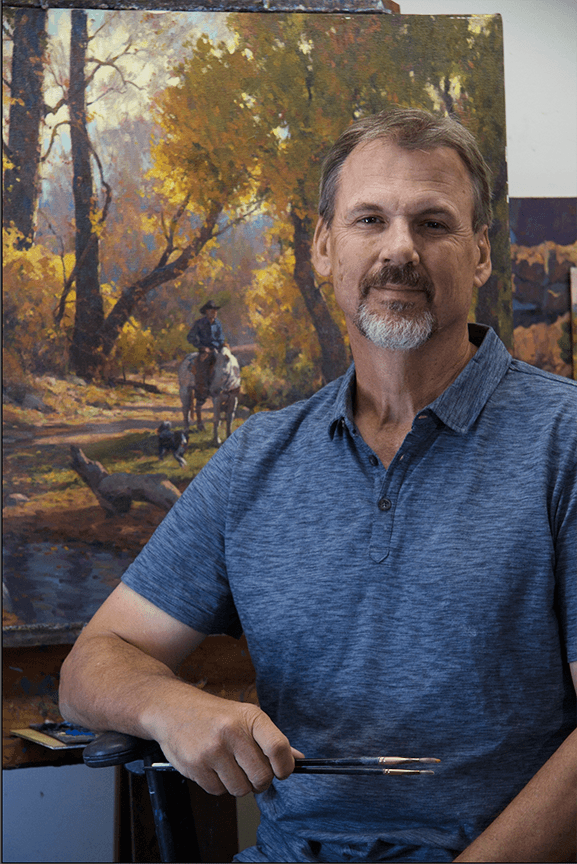
Georgia is gradually getting cooler, colors are starting to change. I’m really looking forward to the end of spider and fire ant season.
I have some painting trips scheduled for the next 3 months. I just finished painting with the Plein Air Painters of the Southeast for a week in Leipers Fork,Tennessee. This is a great group of painters. I’ll be in South Carolina in October to teach a workshop in Catawba, SC. I hope to do some painting along the way. Then, in November, I'll be painting in Utah with the Plein Air Painters of America for a week and spending some time painting in Northern New Mexico.
I've been working on a couple of paintings for the Small Works, Great Wonders Art Show in Oklahoma City. Opening reception is November 11, 2022 at the National Cowboy and Western Heritage Museum.
The first is an 11 x 14 oil, "Abundance, October in Colorado". The second is from Tucson, AZ, "A Night Scene of San Xavier Mission", 9 x 12.

Click image to enlarge
"Abundance, October in Colorado", 11 x 14 - oil

Click image to enlarge
"A Night Scene of San Xavier Mission", 9 x 12 - oil
I also have 2 paintings for the Great American West Show, November 19th at the Settlers West Gallery. The first is the larger version of Abundance, 24 x 30. Also a 20 x 24 painting of a scene near Steam Boat Springs, CO.

Click image to enlarge
"Abundance", 24 x 30 - oil

Click image to enlarge
"Early Snow Near Steamboat Springs", 20 x 24 - oil
Fall Tutorials Available

Direct Painting - Downloadable Tutorial
Direct painting is more one brush stroke at a time, each brush stroke is a finished brushstroke. That doesn't mean you can't go back and correct things, but you scrape off a brush stroke that's wrong and go back and redo it. This helps you make definite decisions about color, value, and it also helps you simplify. A photo reference is included.

Painting With Secondary Colors - Downloadable Tutorial
This lesson teaches how to use secondary colors. Using these colors helps you get away from copying the photo so much. It's a good way to simplify your color thinking process. A photo reference is included.
ARTIST AT A GLANCE
Anna Althea Hills 1882 - 1930

Anna Hills was an American plein air painter who specialized in impressionist landscapes of the Southern California coast. Hills attended Olivet College, the Art Institute of Chicago and the Cooper Union for the Advancement of Science and Art in New York City. After her schooling, she worked for Arthur Wesley Dow. Hills traveled in Holland and England, attended the Academie Julian and studied with John Noble Barlow. She spent time in Lamorna Cove, home to many artists in the turn of the 20th century , including Samuel Lamorna Birch, and was with her brother, Willie Hills, at Inn Cottage in 1911. After
returning to the United States, Hills traveled to the west coast and she switched from interior figures to impressionist landscapes. Hills settled in Laguna Beach, California where she opened a studio and taught.
Besides her painting, Hills was known for community activism. She was involved with the Presbyterian church and ran the Sunday school. For six years, she was president of the Laguna Beach Art Association (founded in 1918). As president, it was Hills' strong advocacy that led to founding the Laguna Beach Art Museum in Laguna Beach, California in 1929. In addition, Hills urged her friend, the respected artist and critic Jennie V. Cannon, to create at her summer home in Carmel-by-the-Sea a similar organization and art gallery, which was eventually founded in 1927 as the Carmel Art Association and adopted the Laguna Beach preamble: "To advance the knowledge of and interest in art; to create a spirit of co-operation and fellowship between painter and public." I've posted a group of her work below.
- IMAGE 1
- IMAGE 2
- IMAGE 3
- IMAGE 4
- Image 5
- Image 6
- Image 7
- Image 8
- Image 9
- Image 10
- Image 11
- Image 12

Click image to enlarge
NEW SECTION ADDED TO MY WEBSITE
Available Plein Air Paintings & Studies

Boats in Oriental, NC

La Salle & Broadway
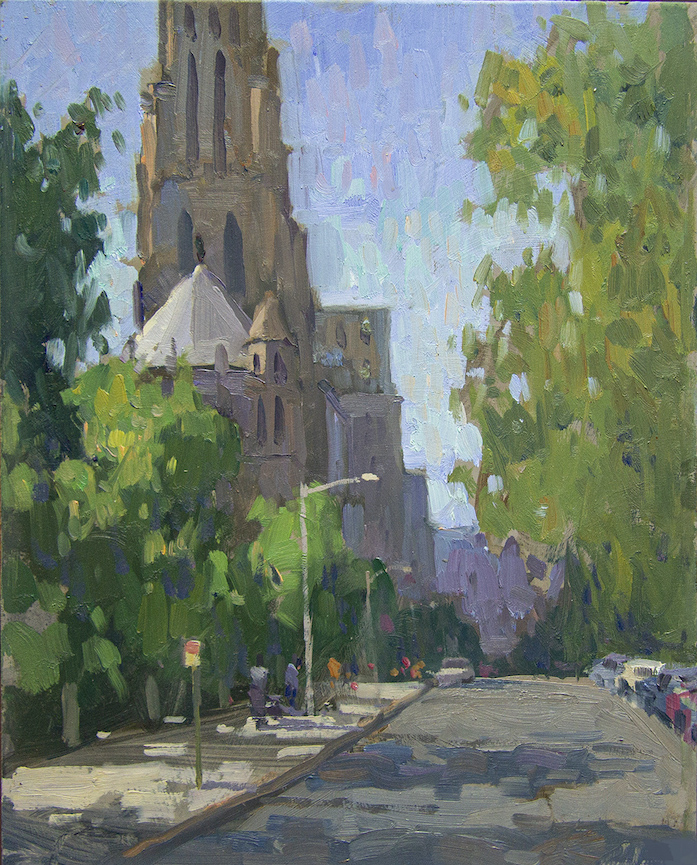
Morningside Drive, Manhattan

New York Vendor
I have had a few people ask me if the paintings I post in Facebook and Instagram are available for sale. Some are and some aren't. Some of my plein air and studies that have been posted are available, but some of the plein air pieces are headed to shows, galleries or competitions.
I've posted a few of the available paintings on my website. So, if you're interested, you can check it all out by looking at the top of this page and clicking on the menu link, or you can just click this link: PLEIN AIR & STUDIES
In the not-too-distant future, I plan on adding a section of AVAILABLE PAINTINGS, which will display the work that's available through galleries.
You can always email me if you have questions about anything on the website.
ARTIST TIP
Palettes
I thought I would talk about the palettes I use. It's not an exciting topic and it won’t increase your technical knowledge on painting but, what we paint on can make a difference.
I have known artists who use paper plates to mix colors on and their paintings look great, but I figure painting is hard enough with making it harder with a poor surface to mix paint on.
I use 3 different surfaces to mix paint, one is masonite or hardboard from the lumberyard (Home Depot). The other is plywood, a smooth, good quality as opposed to a rough surface. And the third is plexiglass.
With the wood palettes you have to seal them, otherwise they will soak up the oil in your paint and make it impossible to mix. I use shellac in a spray can or you can get the brush-on kind.


Any wood sealer will do. At least 4 or 5 coats, this will make it very smooth and easy to clean off oil paint. I have a small one for my outdoor easel, 12x15 and a bigger one for my studio easel, 20x35.
I will sometime use plexiglass for the studio, I like it better than glass because it doesn’t break as easy, I’ve cut myself too many times. The plexiglass can be cut with a heavy duty box cutter (hard but doable) or a table saw. I put a gray piece of paper (pastel paper) underneath to create a neutral value to paint on, a white surface will make all your color mixings look dark, a middle value gray will help with value and color relationships.

You can also buy wooden palettes in the art store, just make sure you seal them with wood sealer first.
Have you signed up to get my free Newsletter?
Don't miss out on all my great content!
If you have friends who would enjoy this newsletter, please share. Thank you!
















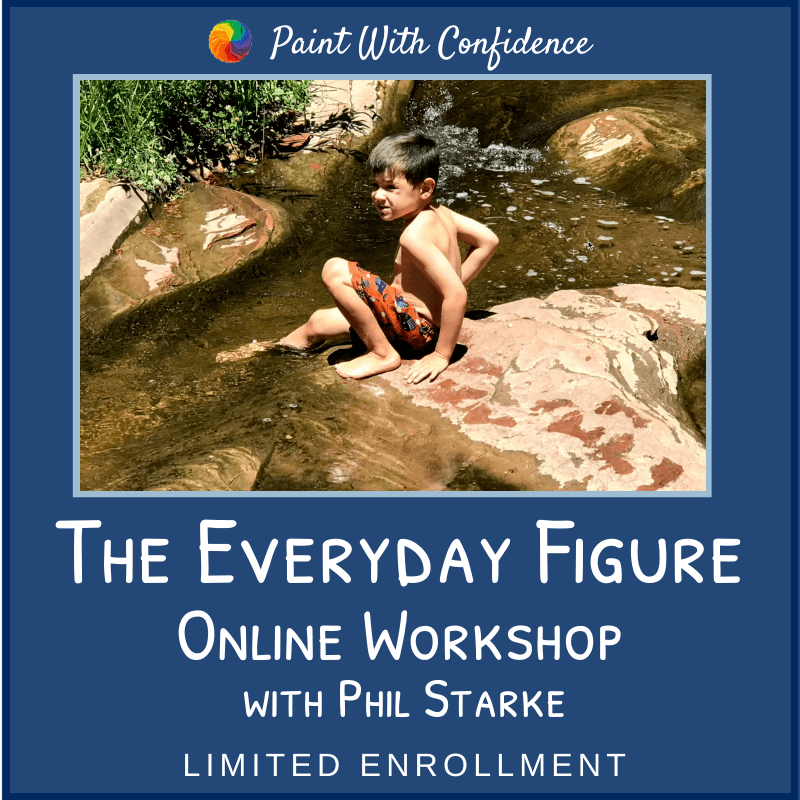

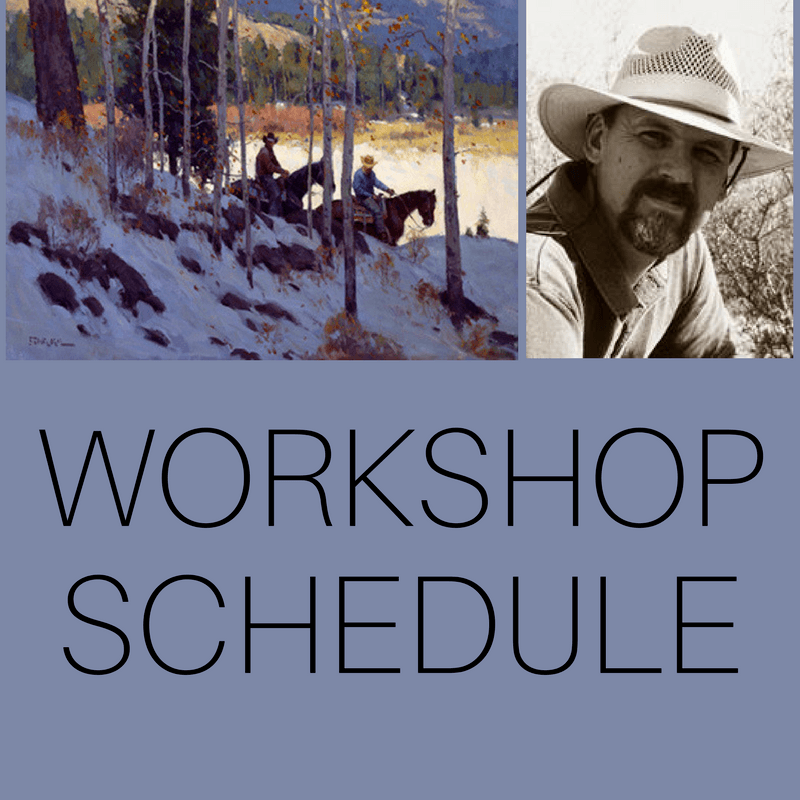
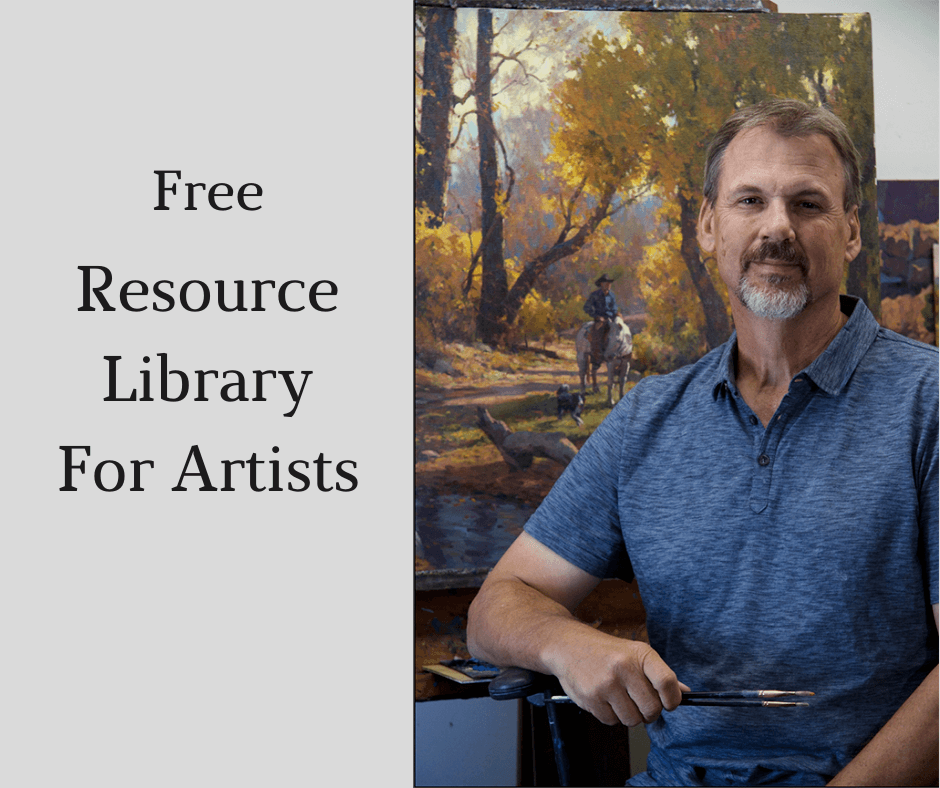
Thank you, Phil, for another newsletter full of tips and inspiration. Jo
Thanks Jo!
Thank you Phil! So much useful information and knowledge you share on this newsletter. Much appreciated.
Thank you for another very nice newsletter.
Wishing for your safe travels, and happy days.